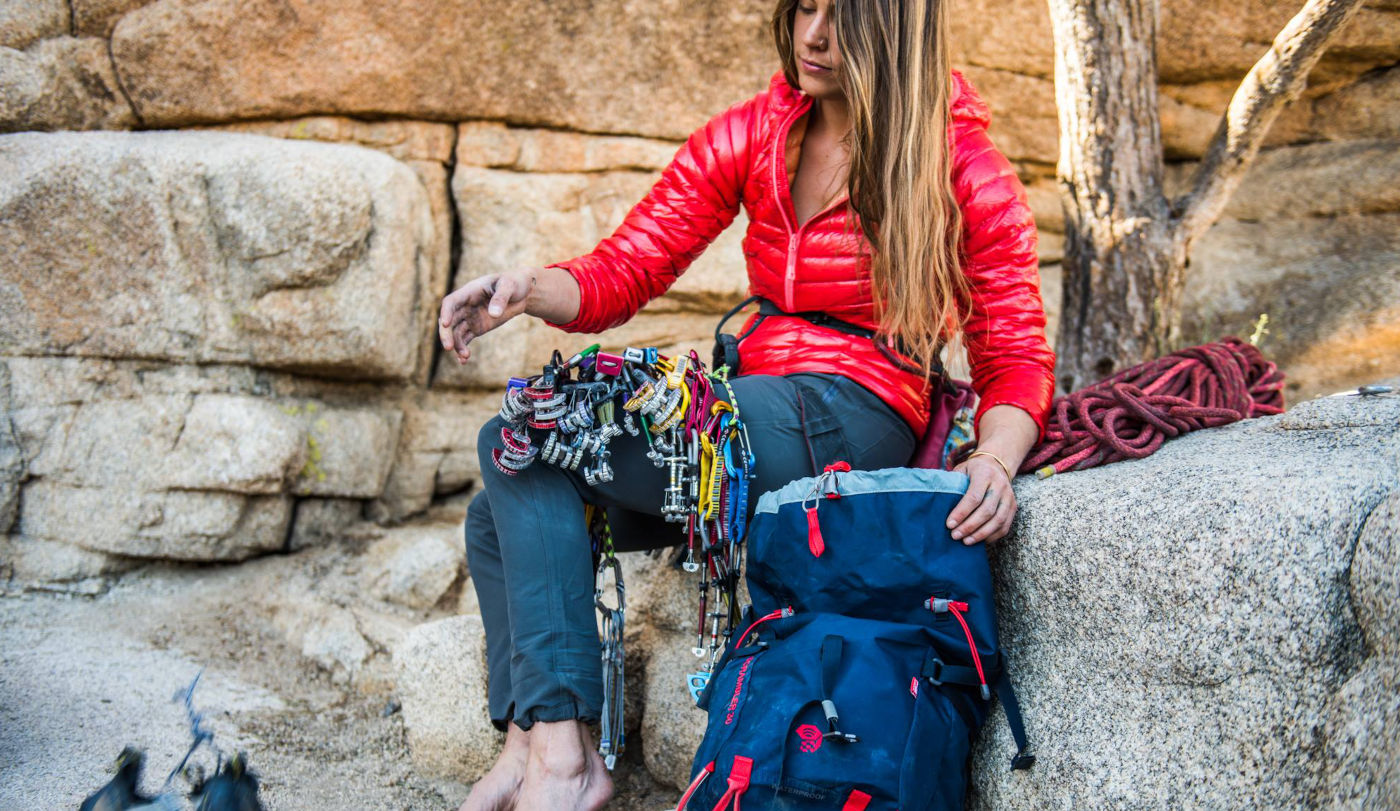Climbing as a whole is a great sport, however there are many different types of climbing that can be confusing to beginners or those interested in giving climbing a go. Below are some basic questions and answers to help inform of the types of climbing that you can take part in, whether indoors or outdoors.
Bouldering
What is Bouldering?
Bouldering is a style of climbing where the climbs are short and are climbed without ropes. At an indoor climbing wall these 'boulder problems' will be climbed above large crash mats. Outside bouldering takes part on boulders or small cliffs and crags. The climber or boulderer will often have a portable crash mat called a bouldering pad to fall onto.
Roped Climbing
Roped climbing can generally be split into two forms, Top Roping and Lead Climbing.
What is Top Roping?
Top roping is where you climb a route with the rope already in place, running from the bottom of the route, to the top and back down again. At an indoor climbing wall the ropes owned by the climbing wall will already be in place for you and your climbing partner to use. You can also Top Rope outdoors. You will need your own equipment and the crag must be suitable enough that you can walk to the top and set up the anchors for the top rope.
What is Lead Climbing?
Lead climbing involves you clipping your rope into protection as you make your way up the route. At most indoor climbing walls this protection will already be in place and when you get to the top of the route you simply lower off, pull your rope through and get onto the next route.
Lead Climbing outdoors is broken down again into different forms, the most popular being Sport Climbing and Trad Climbing.
What is Sport Climbing?
Sport climbing takes part on crags that have fixed protection in the form of bolts. As you climb the route you clip into these bolts with equipment called quickdraws to protect you in the event of a fall. Depending on the crag you will either get to the top and your climbing partner follows, or you thread through a lower off the top of the route, before being lowered down, taking your quickdraws out as you are lowered past them.
What is Trad Climbing?
Trad or Traditional Climbing involves placing your own protection in the rock as you make your way up the climb. There are lots of different ways to protect your self but the basic types are Nuts, Cams and Slings. When you reach the top of the climb you will tie into the crag before bringing up your climbing partner, who will also climb the route taking out the protection that was placed in the rock as they climb past. You will then either abseil off the cliff or walk down an easy way.
Other Styles of Climbing
- Free Climbing: Pretty much the same as Trad Climbing which is the more common term in the UK.
- Soloing, Solo Climbing or Free Solo: Is climbing a route without a rope that most people would use a climbing rope on.
- Deep Water Soloing: Same as soloing but you fall into water such as the sea.
- Winter, Mixed, Dry Tooling and Ice Climbing: All have their own variants, but these are generally climbed in winter conditions with ice axes and crampons. and involve climbing combinations of rock, snow and ice.
- Alpine Climbing and Mountaineering: These are generally about getting to a mountain summit. The route and mountain will determine how much actual climbing there is, whether on rock, snow or ice.
Want to Try Climbing?
If you are interested in taking up climbing, we would recommend booking a climbing introduction course at your local climbing wall.
For More Information
We have a range of articles on our blog that you may find interesting
- The Basics Articles for brand new climbers and beginners.
- How to Guides A series of guides answering specific questions you may have.
- Buying Guides For when you are ready to start purchasing.
If you have any other questions, then please get in touch.















